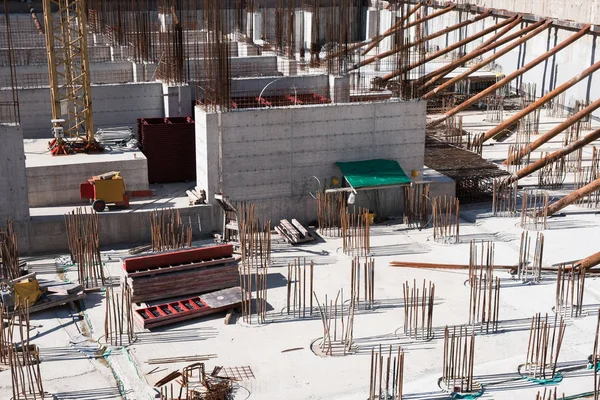International construction companies often find themselves facing unique challenges when operating in remote locations. While these companies are equipped with the expertise and resources to tackle major projects worldwide, they encounter various hurdles that can impact their operations. Understanding these challenges helps to illuminate the complexities of global construction and the strategies necessary for success.
Navigating Local Bureaucracy and Regulatory Hurdles
One significant challenge for international construction companies is dealing with local bureaucracy and regulatory frameworks. Every country has its own set of laws and regulations governing construction, which can vary widely from one region to another. These regulations often include building codes, safety standards, and environmental requirements. For construction firms, this means dedicating considerable time and resources to understand and comply with local laws before a project can even commence.
In many cases, the approval process for construction projects in remote areas can be prolonged due to inefficient bureaucratic systems. Delays in obtaining permits and licenses can stall projects and lead to increased costs. Additionally, international construction companies must build relationships with local authorities to facilitate smoother operations. Understanding local customs and political landscapes is essential for ensuring that projects progress without significant interruptions.
Supply Chain Logistics in Underdeveloped Regions
Another challenge involves managing supply chain logistics, particularly in underdeveloped regions. International construction companies often rely on a complex network of suppliers and subcontractors to procure materials and services. However, in remote locations, access to reliable suppliers can be limited, leading to potential delays in project timelines.
Transportation of materials poses additional hurdles, as poor infrastructure can complicate delivery routes. Companies must carefully plan logistics to ensure that materials arrive on time, which may involve using alternative transportation methods or investing in local resources. Effective supply chain management is critical for maintaining project schedules and minimizing disruptions that can arise from logistical challenges.

Cultural Integration and Workforce Management
Cultural integration is a vital aspect of managing a workforce in remote locations. International construction companies frequently employ local workers to bridge the gap between global expertise and local knowledge. However, integrating diverse workforces can be challenging, as cultural differences can lead to misunderstandings and miscommunications.
To foster a cohesive work environment, international companies must prioritize cultural sensitivity and training. This includes educating their staff about local customs and practices, as well as promoting open communication channels. By understanding and respecting the cultural nuances of the workforce, companies can enhance collaboration and productivity on construction sites.
Environmental Adaptation and Extreme Weather Mitigation
Adapting to environmental conditions is another significant consideration for international construction companies operating in remote areas. Many regions experience extreme weather events, such as heavy rains, storms, or extreme heat, which can impact construction timelines and safety.
Companies must implement strategies to mitigate these weather-related challenges, such as designing structures that can withstand local climatic conditions. This may involve utilizing specialized materials or construction techniques that ensure durability and safety. Planning for environmental factors not only protects the construction workforce but also enhances the long-term viability of the projects.
Security Concerns and Risk Management
Security concerns present another layer of complexity for international construction companies. In some remote locations, political instability or crime rates can pose significant risks to personnel and equipment. Construction sites may become targets for theft or vandalism, leading companies to invest in security measures to protect their investments.
Risk management is essential in these situations, requiring companies to assess potential threats and develop contingency plans. This might include hiring local security personnel or implementing advanced surveillance technologies to safeguard sites. By proactively addressing security concerns, international construction firms can minimize disruptions and maintain a focus on project completion.
Infrastructure Gaps and Technological Limitations
Finally, infrastructure gaps and technological limitations can hinder the progress of international construction projects in remote areas. In many regions, inadequate roads, communication networks, and utilities can complicate operations. International construction companies often face challenges in transporting heavy machinery and equipment to remote sites due to poorly maintained roads.
Moreover, limited access to technology can slow down project management processes. Companies may need to adapt their strategies to work within these constraints, which could involve utilizing more manual methods or investing in local infrastructure improvements. Embracing innovative solutions tailored to the specific needs of remote locations can help international construction companies navigate these obstacles effectively.










